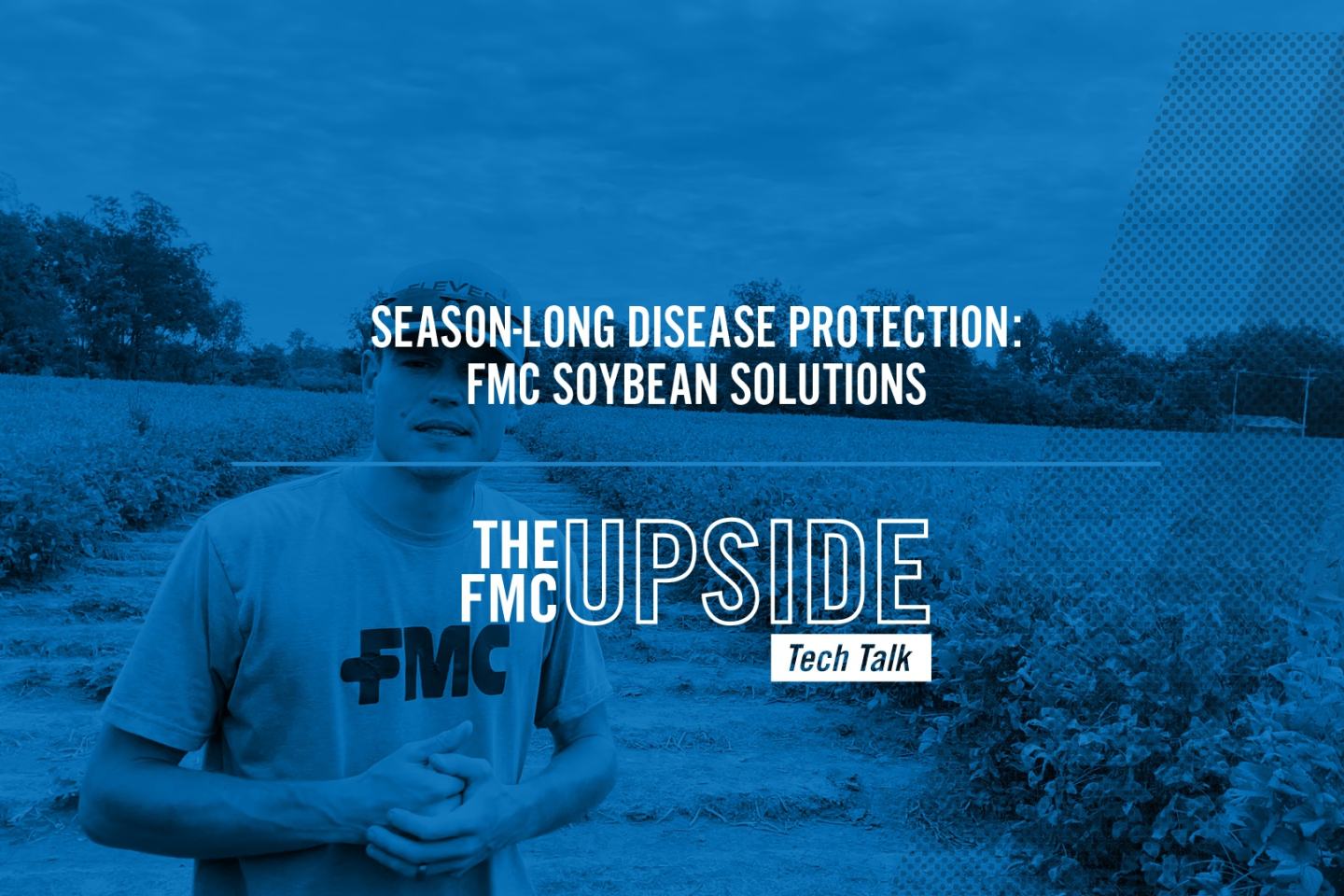Originally published July 6, 2021
croplife magazine
Adoption of fungicides continues to grow. From 2010 to 2018, U.S. corn acres applied with a fungicide rose from 8% to 17%. That’s a vast minority of corn acres but that 112.5% increase tells me that more and more corn growers are seeing the value of applying a fungicide.
Now, what’s driving this growth? It’s a culmination of factors. One: We’re being challenged to do more with less, and fungicides help maintain our yield potential. Two: Growers and retailers have more reliable solutions to address concerns in plant pathology at their disposal.
These factors are both important and have contributed to the growth of the segment, but the question I have been contemplating is what’s going to evolve the fungicide business? From my standpoint, it boils down to one thing: innovation, which comes to life in this segment through a number of facets.
1) Multiple Modes of Action
This phrase is synonymous with herbicides, but that category doesn’t claim complete ownership of it. Multiple modes of action (MMOA), like in weed management, is a key strategy to curb the development of disease resistance. For example, in soybeans, we’ve seen frogeye leaf spot develop resistance to strobilurin fungicides (FRAC Group 11). This happened because we were applying fungicides with a single mode of action in the tank. Does this sound familiar?
Thankfully, the acceptance of premix fungicides or approaches like tank mixing fungicides together have taken off. Fungicide choices should be made very similarly to how we make our herbicide choices with a focus on products that include multiple effective mode of actions. MMOA in premixes are the innovations that have really helped us enhance our foliar disease control. There is real value with MMOA and delivering a product that significantly reduces the odds of developing resistance.
2) Application
Over the years, we’ve witnessed a gradual change in who owns the responsibility of applying fungicides. In my territory – Kentucky, Tennessee, the bootheel of Missouri – there has been a growing interest in self-application. I’m not saying growers are buying their own airplanes or helicopters but large application equipment, like a Hagie, that can spray over the top of tasseling corn.
There are a few reasons why growers want to take on this role. For some, they’ve already made the capital investment in a sprayer for their herbicide applications and have an employee dedicated to that piece of machinery. Others are putting a lot of focus on spoon feeding their crops with nutritional products or other inputs, and they can incorporate these into their fungicide application.
Another reason is application timing. More growers are pushing limits and making a prescription application based on the potential. I believe we’re going to see more growers gravitate toward using high-clearance sprayers so they can self-apply when they need it.
One other thing that’s a little more down the road is drone technology. There’s still a lot of interest in this space, and a number of companies are offering drone services. However, logistically, that can be tedious to manage and difficult to cover all the acres that need to be applied in a timely fashion. This will be interesting to watch and see if it’s worthwhile as this technology matures.
3) Going At-Plant
Until recently, corn growers have only been able to manage foliar diseases with an application during one of the key growth stages: V5-V10 or VT-R1. Well, that’s changing. In 2021, FMC introduced a new approach to foliar disease protection: Xyway™ brand fungicides (Xyway 3D fungicide and Xyway LFR® fungicide). These are applied at-plant and provide season-long foliar disease protection.
I think this is an innovative way to apply product and get comparable disease protection to a foliar-applied fungicide. Plus, a grower can apply it on their own time frame. This contributes to on-farm efficiency and offers peace of mind for the grower because they know they have a layer of protection out there.
From a retail perspective, something like Xyway brand fungicides helps with time management. We all know that the time of year when foliar fungicides are going out is short and stressful. With implementing an at-plant option, it frees up retailers and gives them more flexibility to operate during what’s usually crunch time.
I do recognize that Xyway brand fungicides are a mindset shift. Most of us have had it drilled into our brains to apply before the onset of disease, but many times we find ourselves running behind during the foliar fungicide application season. Using Xyway brand fungicides is a proactive approach to disease management and can help reduce the potential of yield loss due to disease.
An Evolving Space
As far as foliar fungicides go, manufacturers are going to continue to develop new premixes with MMOA. I hope our industry partners are working to develop novel chemistries because they really are a necessity. We think about herbicides but, in the area of plant pathology, we also need new novel chemistry in this space.
Like everything else, we’re in an ever-changing world. New innovations, whether they be application technology or premixes, get growers and retailers thinking. Creativity can lead us to the next step in yield potential, and I believe we’re entering into a new era of foliar disease management.
Always read and follow all label directions, precautions and restrictions for use. Some products may not be registered for sale or use in all states. Xyway 3D and LFR fungicides may not be registered for sale or use in all states. Contact your local FMC retailer or representative for details and availability in your state. FMC, the FMC logo, LFR, Lucento and Xyway are trademarks of FMC Corporation or an affiliate. ©2021 FMC Corporation. All rights reserved. 21-FMC-2370 06/21



